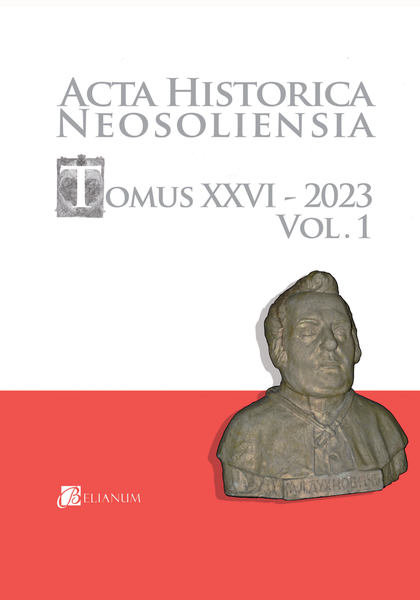The Roma sorceress in 18th century Hungarian sources.
The Roma sorceress in 18th century Hungarian sources.
Author(s): Péter TóthSubject(s): History, Customs / Folklore, Ethnohistory, Modern Age, Cultural Anthropology / Ethnology, 18th Century
Published by: Filozofická fakulta Univerzity Mateja Bela
Keywords: Roma women;Beliefs;Witchcraft;Gatherer lifestyle;
Summary/Abstract: 18th century sources confirm the observations of cultural anthropology that Roma women played an important role in the sustenance of their families. In a gatherer lifestyle, their primary task was to get food. However, the social environment strongly restricted gathering therefore they had to apply different techniques. From among these, the most important one was the activity relying on beliefs which formed the image of the ’Roma witch’ for the surrounding society. It is important to note, however, that these beliefs were always those of the surrounding society and not those of the Romas themselves as otherwise, they would not have worked (similarly to the way Roma musicians played the music of the surrounding society and not that of their own community). In accordance with this, witchcraft (fortune-telling, binding or loosing love ties, the ability to see treasures, etc.) was also a service provided almost exclusively by women. And as the surrounding society (or at least, a part of it) had a demand for this service, it also became possible for its providers to get into areas closed for them, where they could continue the ’gathering’ following from their lifestyle.
Journal: Acta historica Neosoliensia
- Issue Year: 1/2023
- Issue No: 26
- Page Range: 116-124
- Page Count: 9
- Language: English
- Content File-PDF

